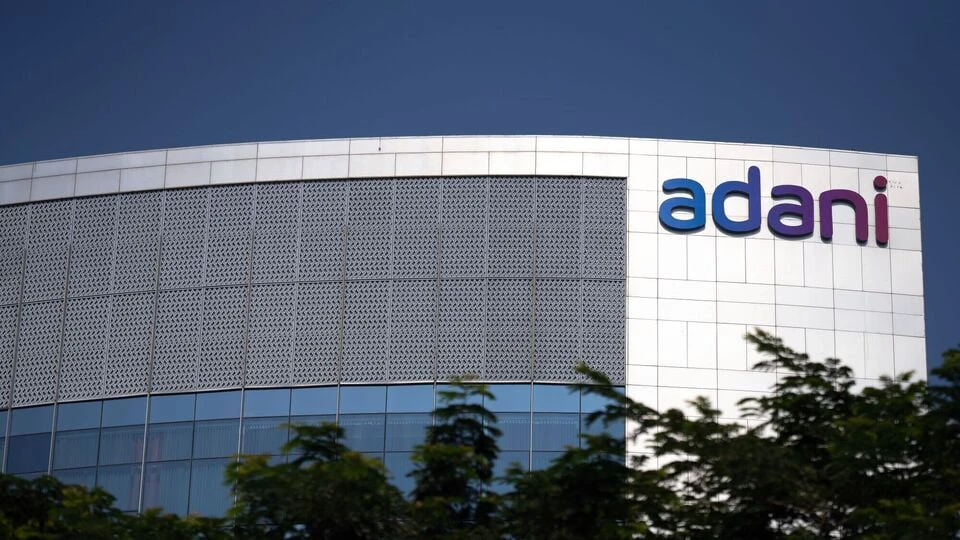Mumbai: The Adani Group’s consolidated earnings before interest, tax, depreciation and amortization (Ebitda) surpassed ₹90,000 crore on a trailing twelve-month basis for the first time during the September quarter.
However, an even sharper uptick in borrowings over the last six months means that the conglomerate’s net debt is now three times its record Ebitda.
The Ahmedabad-based conglomerate, comprising 13 listed companies and businesses spanning cement manufacturing to running airports, reported consolidated Ebitda of ₹92,943 crore for the 12-month period ended 30 September, up from ₹89,806 crore during FY25, as per a presentation published by the conglomerate on Monday.
Performance improved across group companies during this period, except in one of its oldest businesses of resources trading and mining, where subdued prices of coal ate into earnings.
After deducting interest costs and tax liabilities, the group generated ₹65,016 crore of free funds from operations during these 12 months-cash flows it can use to service debt, invest in expansion projects, or give out to shareholders as dividends.
“Our core infrastructure businesses continue to deliver strong double-digit growth even as we execute one of the largest capex programs, aligned with India’s Viksit Bharat capex super cycle,” Jugeshinder Singh, Group CFO, Adani Group, said in a press release.
During the first half of FY26, the conglomerate recorded its highest-ever capital expenditure for the period, he said. Despite this, the group’s debt metrics remained below the guided range, he added.
“What took 25 years to build, we are now gearing up to replicate within a single year, and as new assets become operational on schedule, we expect to sustain returns on assets of 15-16%,” Singh said.
Rising debt
During the first half of FY26, the group’s net debt increased to ₹2.79 trillion from ₹2.37 trillion at the end of FY25. This bumped up its net debt-to-Ebitda ratio to 3 times, up from 2.63 times in March, and the highest in two years.
While borrowings went up across several group firms, the sharpest rise was at Adani Green Energy Ltd, which is in the midst of aggressive renewable energy capacity expansion. The company, which is making the world’s largest single-location renewable energy park in the deserts of Khavda in Gujarat, is the most leveraged in the Adani Group. It has net long-term debt of just under ₹70,000 crore with a net-debt-to-Ebitda ratio of 5.45 times.
However, the group’s cash flows, on average, were more than sufficient to manage its maturing debt. At a portfolio level, the Adani Group’s long-term debt has an average maturity of seven years. Meanwhile, its long-term debt was about 3.82 times its free funds from operations for the trailing twelve months.
In other words, the group’s long-term debt is just under four times the cash it generated in the last 12 months, while its long-term borrowings will have to be repaid in seven years, on average. This gives sufficient room for the cash flows to repay debt.
Half of the Adani Group’s gross debt of ₹3.05 trillion is borrowed from domestic banks. The other half is split between foreign banks (23%), foreign capital markets (18%), domestic capital markets (6%) and other smaller sources.
